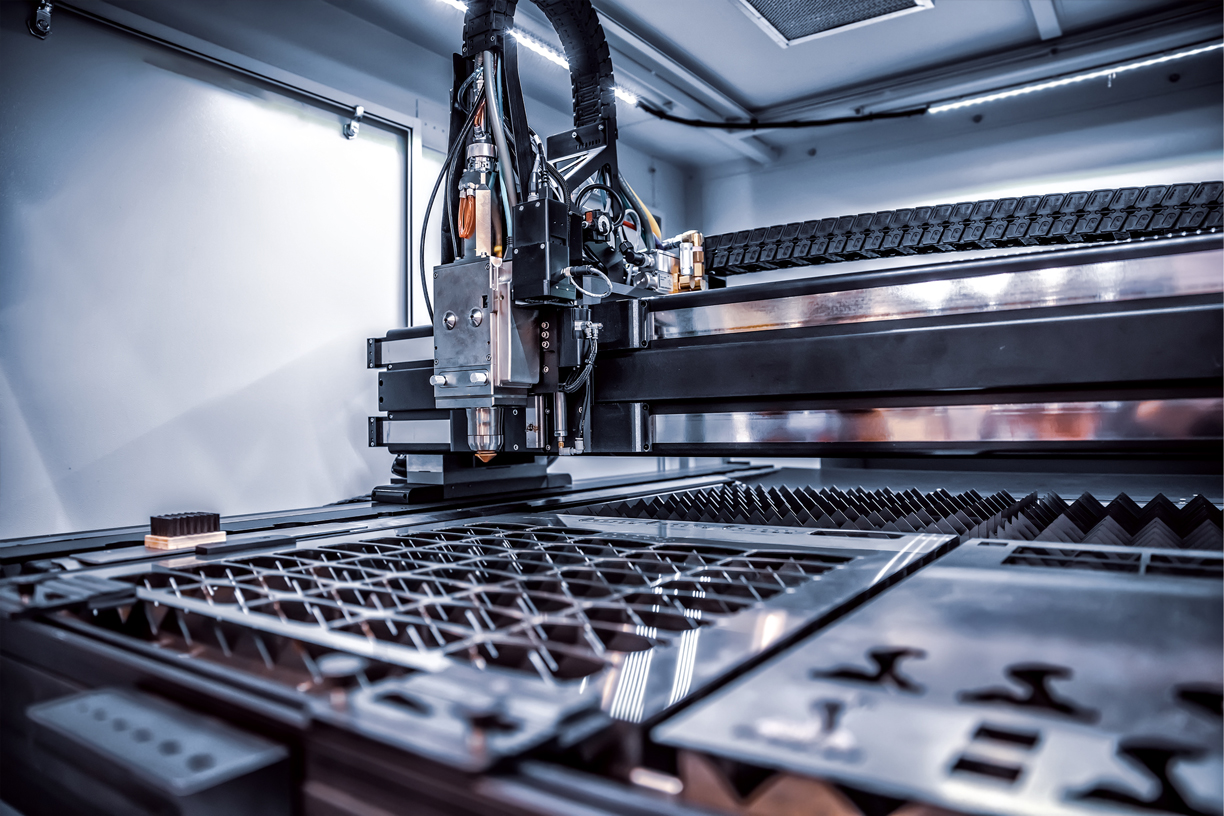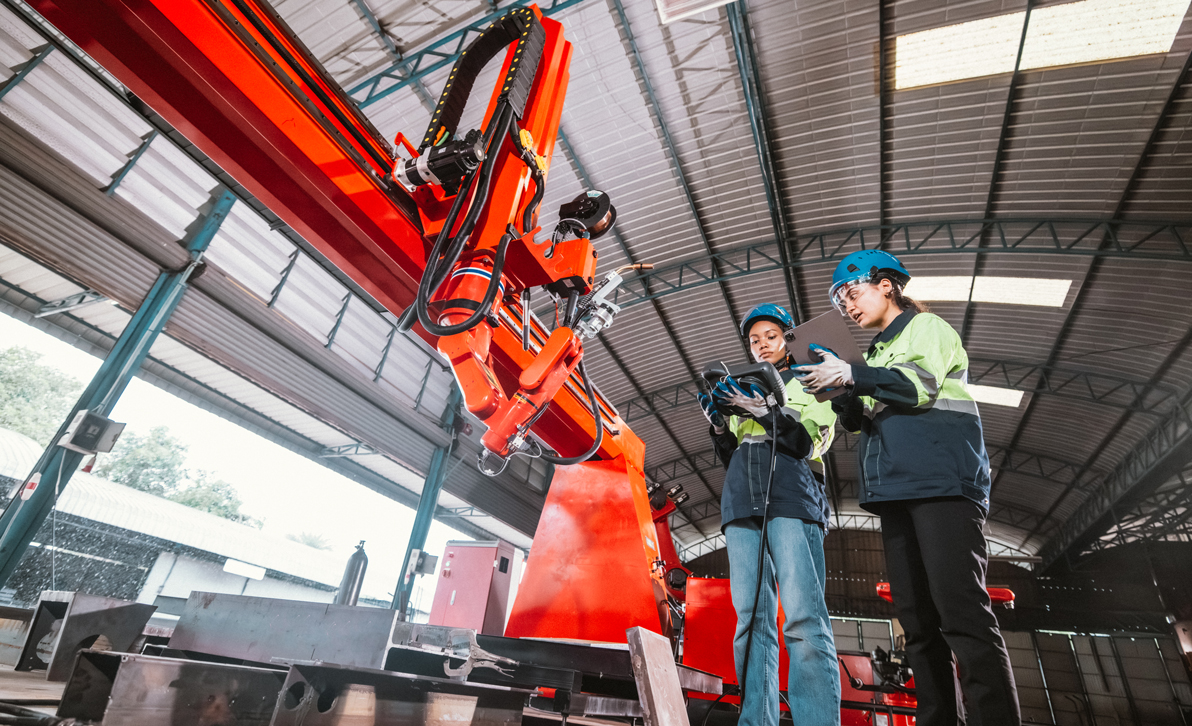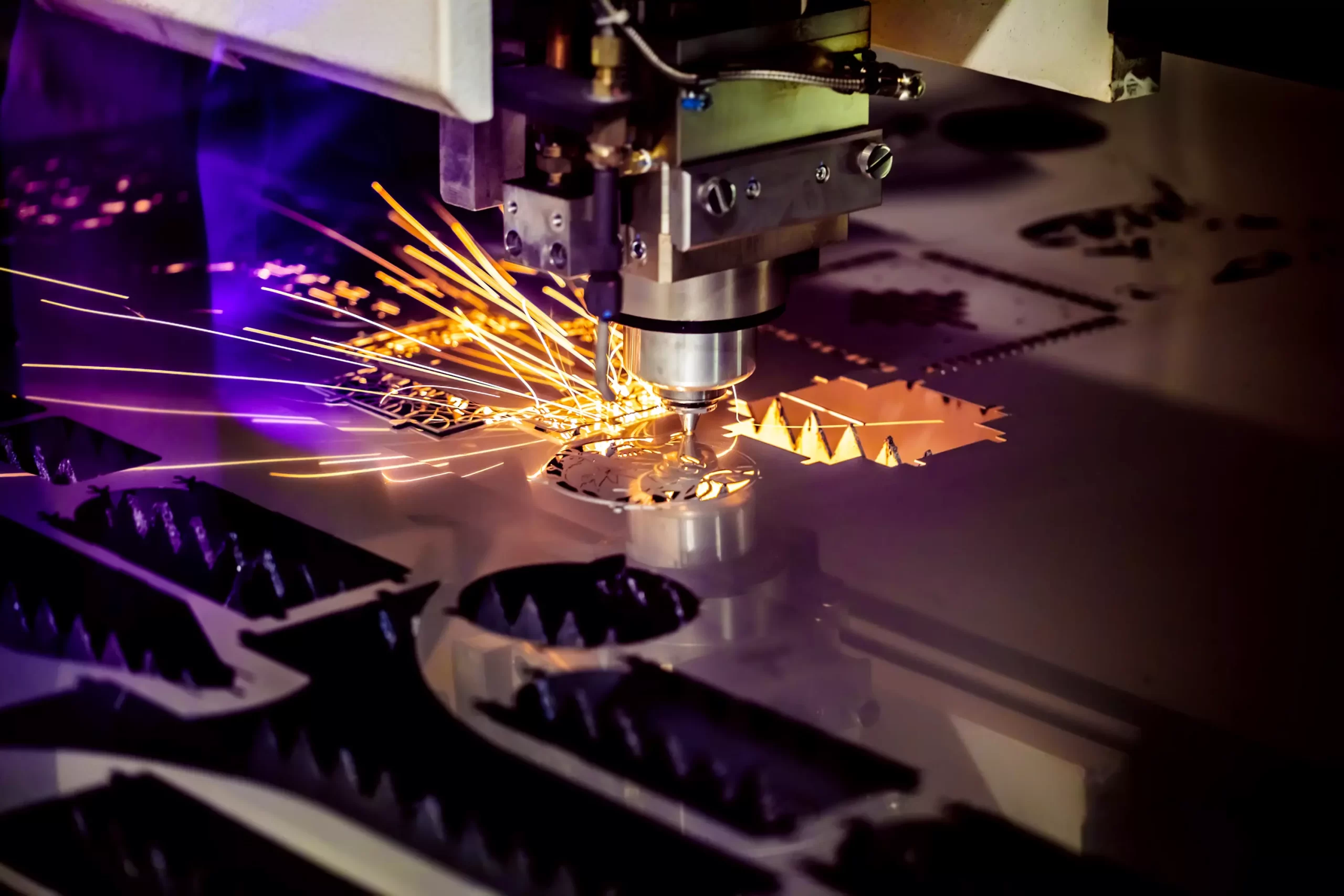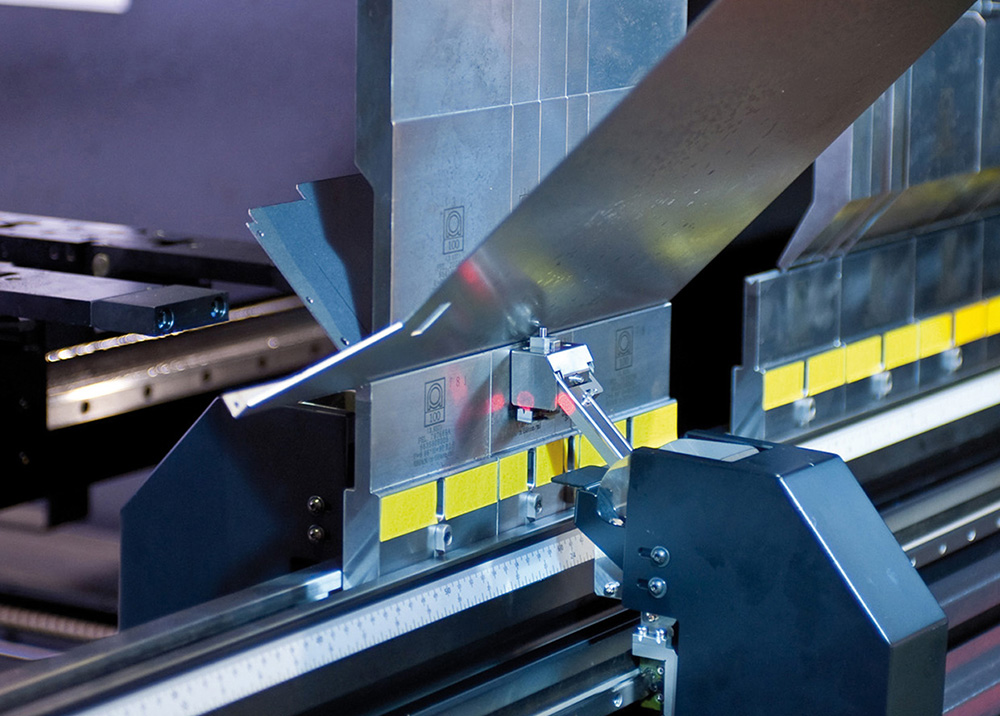Sustainability in Metal Carpentry: Trends and Innovations in Green Design
Sustainability has become a top priority in the construction sector. This article explores key trends and innovations in sustainable design within metal carpentry, highlighting technical aspects and the opportunities offered by eco-friendly solutions.
1. Sustainable Materials and Recyclability
One of the core elements of sustainable design in metal carpentry is the use of low-impact materials. Steel, in particular, stands out for its high recyclability: over 90% of the steel used in construction can be recovered and reused without losing its mechanical properties.
Additionally, the use of high-strength steel reduces the amount of material needed, which in turn lowers CO₂ emissions during production and transportation. Choosing certified suppliers and materials with a traceable supply chain further supports sustainability goals.
2. Optimization of Production Processes
A sustainable approach also involves optimizing both design and manufacturing stages. The integration of advanced software such as Building Information Modeling (BIM) allows for:
- Reduced material waste through more accurate design
- Improved lifecycle management of structures
- Fewer errors and rework, decreasing overall environmental impact
Automation in cutting and assembly processes, combined with CNC (Computer Numerical Control) technologies, ensures efficient use of resources and emission reduction.
3. Energy Efficiency and Emission Reductio
Sustainable metal carpentry aims to maximize energy efficiency throughout the entire project lifecycle. This is achieved through:
- Lightweight, high-performance designs that lower energy use during handling and installation
- Integrated thermal insulation, enhancing the energy performance of structures
- Use of renewable energy sources in production processes
Furthermore, choosing eco-friendly paints and protective coatings helps reduce pollution while preserving the durability of metal structures.
4. Benefits of Sustainable Design
Adopting sustainable design strategies in metal carpentry brings numerous advantages:
- Cost savings: Waste reduction and efficient production lower operational costs
- Regulatory compliance: Meets environmental standards and green certifications (e.g., LEED, BREEAM)
- Added value: Greater market competitiveness through innovative, sustainable solutions
- Environmental responsibility: A tangible contribution to reducing the ecological footprint of the construction industry
Sustainable design in metal carpentry is not only an environmental necessity—it is also an opportunity to improve production efficiency, lower costs, and meet the growing demand for eco-friendly solutions. Investing in innovative technologies is a step toward a more responsible and competitive future.adottare pratiche sostenibili è la chiave per costruire un futuro più responsabile e duraturo.




